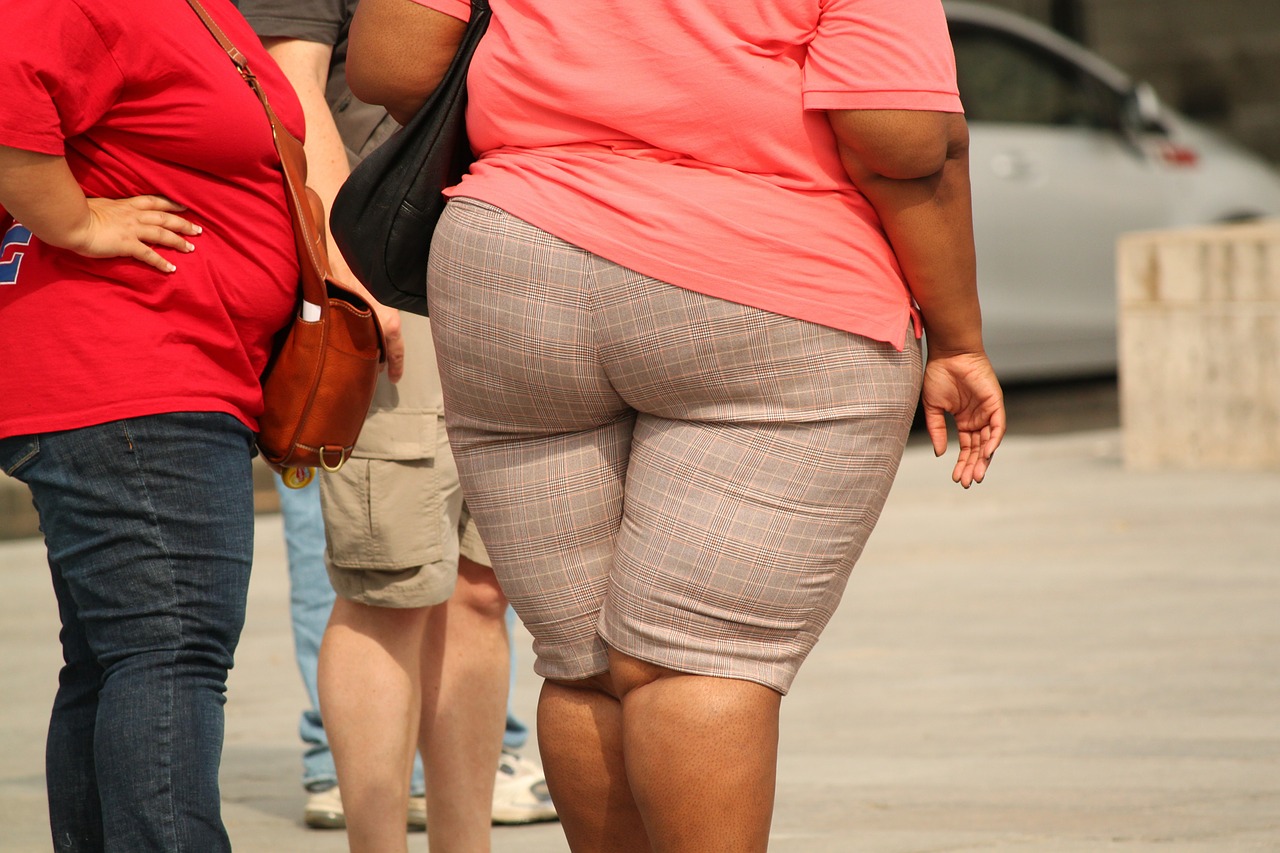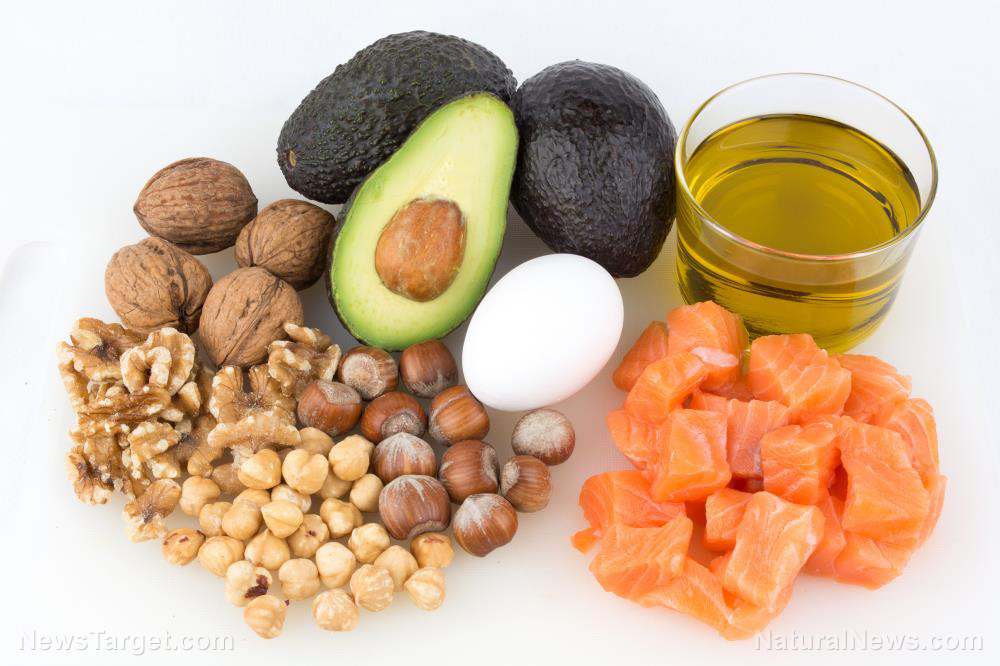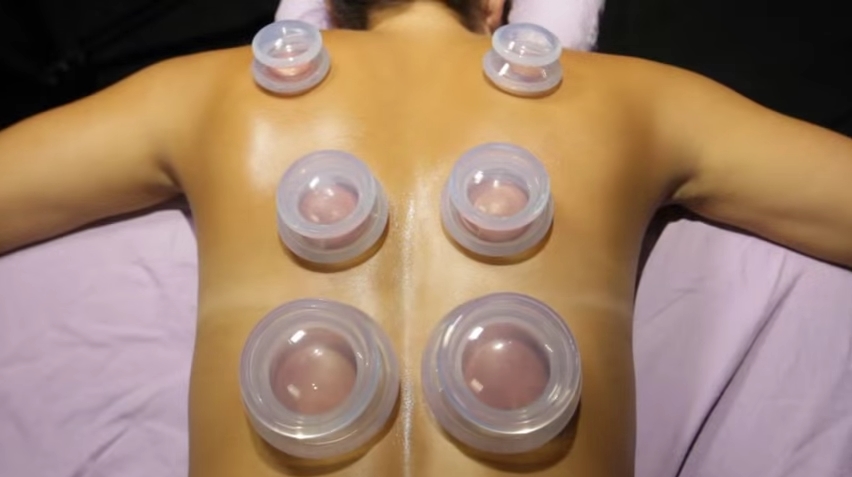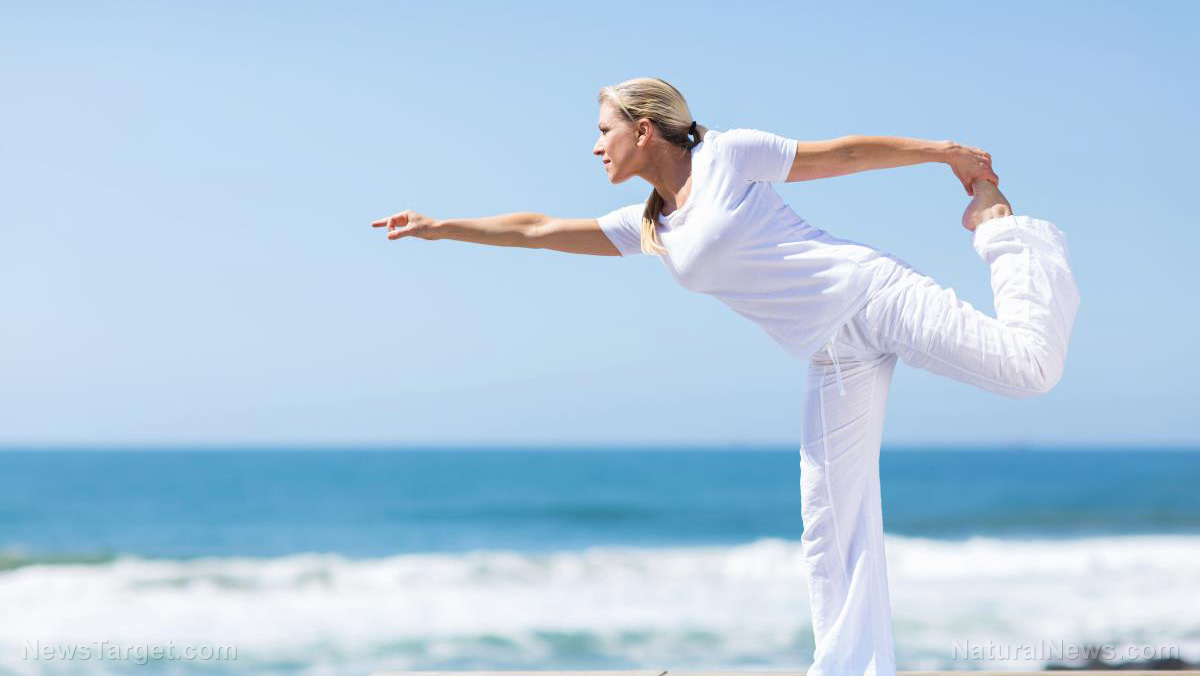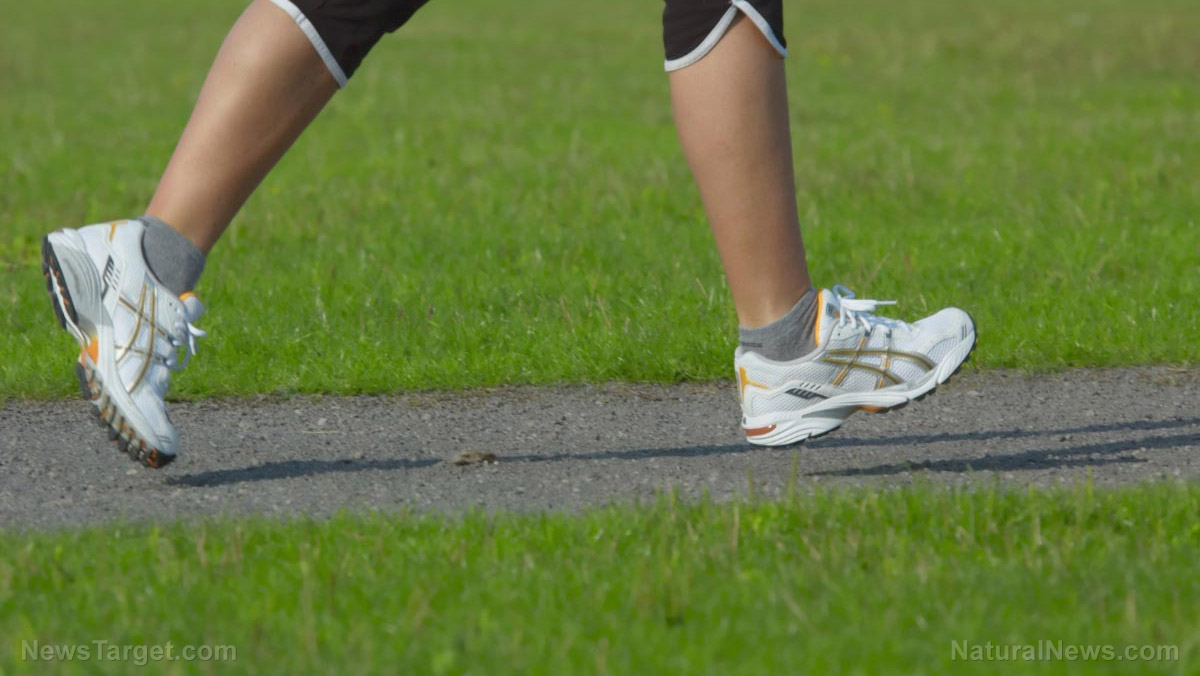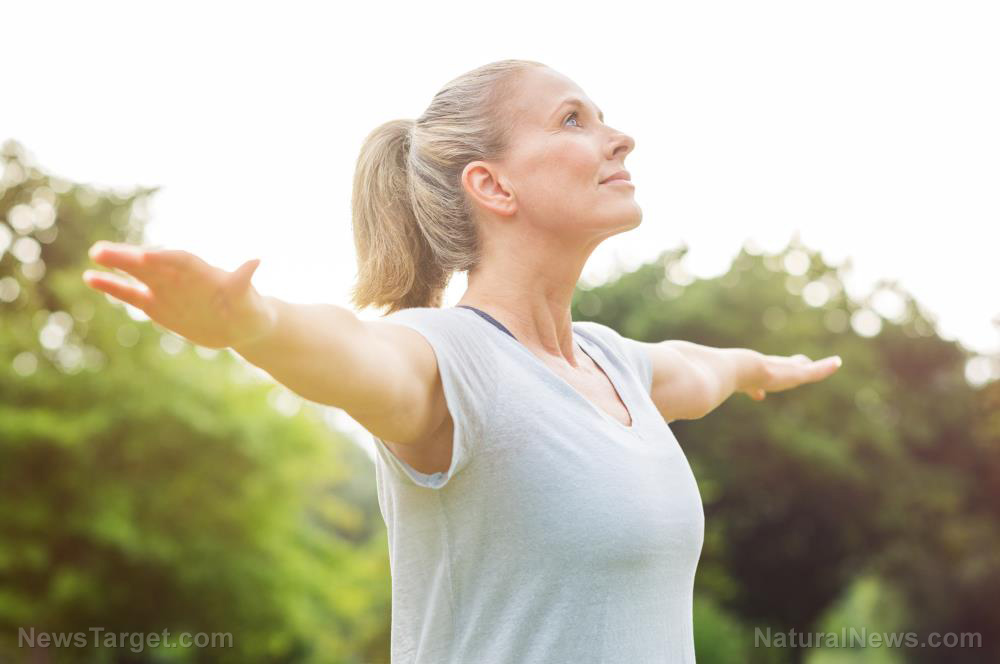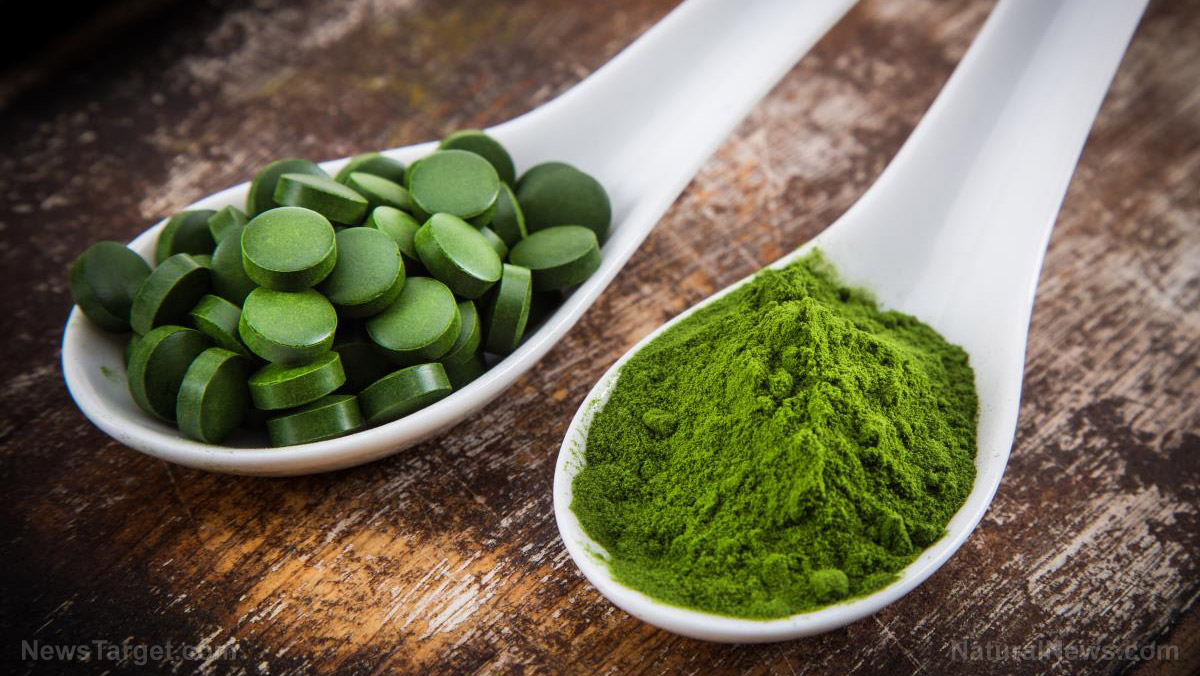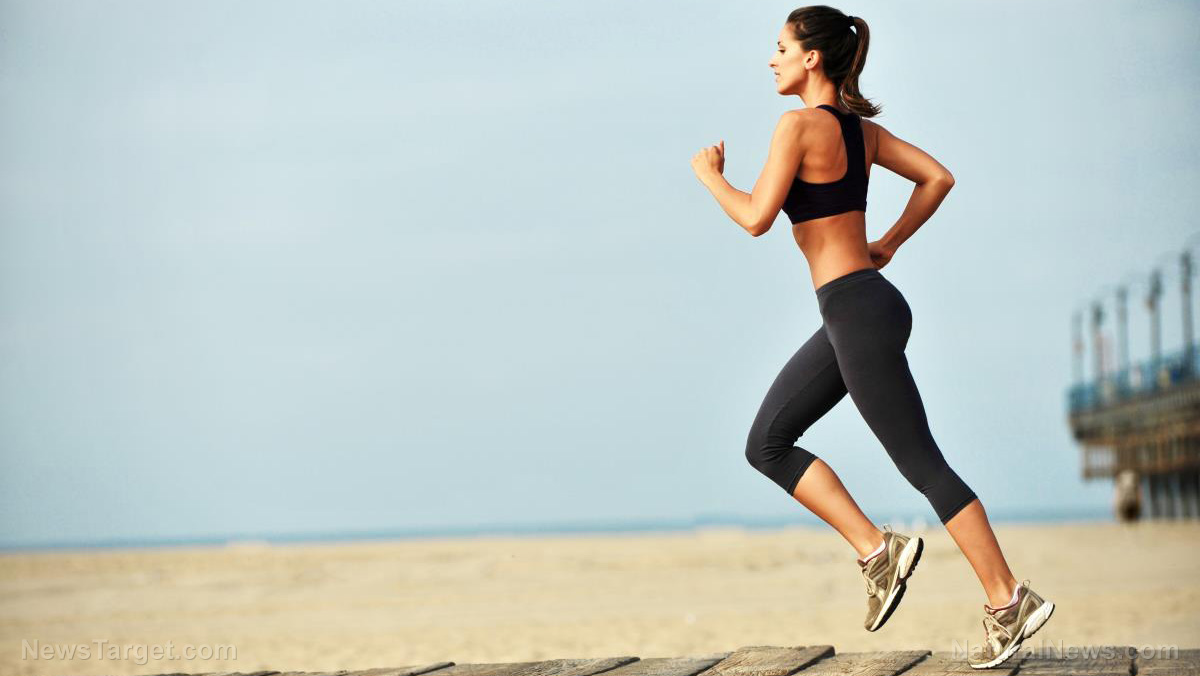Older people encouraged to dance; as a hobby, it offers many physical and mental benefits
04/26/2018 / By Michelle Simmons

Dancing is more than just having fun. It also offers multiple physical and mental health benefits, according to a joint project by Queensland University of Technology (QUT) and Queensland Ballet.
The three-month project examined the health and wellbeing benefits of ballet for older adults in Australia, with an aim to analyze, develop, and provide evidence-based practice outcomes associated to the delivery of ballet to active older adults.
In the research, 10 participants of the Ballet for Seniors classes completed a well-being questionnaire at the start and end of a three-month data collection period to measure the perceived wellbeing outcomes of ballet participation. In addition, the existing teaching method was studied, and existing teaching practices were modified accordingly, in line with emotional wellbeing outcomes. Participants were then subjected to the modified ballet classes.
Results revealed that the participant’s motivations to participate in ballet included social interaction, a love of ballet, and accessibility. Social interaction was not only a key motivator for ballet participation, but it was also a factor in the enjoyment of their classes. Belonging to a group of people of the same age meant the participants could relate with one another. Thus, ballet participation for them was more emotionally comfortable and pleasurable. The love for ballet also contributed to the motivation of some class participants, particularly to those who danced when they were younger. Lastly, accessibility was also raised by some as a motivator for ballet participation. In addition, Ballet for Seniors for them was a program that they could fully participate in because of its intent to target active older adults.
Ballet participation also resulted in positive well-being outcomes as perceived by the participants. They reported ballet made them feel more energetic, kept them in shape, increased their bodily control, improved their posture and flexibility, and enhanced their overall wellbeing. In addition, challenging movements and sequences resulted in an increased sense of achievement and happiness.
The findings of the research suggested that ballet participation is considered to be a highly pleasurable activity for active older adults.
“We’re thrilled to have this research underpinning what we do as it enables us to offer meaningful engagement programs for our participants rather than just giving them what we think they want and need,” said Felicity Mandile, Queensland Ballet director of Strategy and Global Engagement.
The health benefits of dancing
Dancing involves movement, and as an exercise, it provides health benefits. In fact, studies have shown that regular physical activity helps build muscle and bones, reduce fat, increase aerobic capacity, reduce blood pressure, and improve the ratio of HDL to LDL cholesterol. Dancing demonstrated to provide all the benefits of other forms of physical activity, and even more. This is because dancing involves music. In turn, music triggers the reward centers in the brain, and at the same time, dance stimulates the brain’s sensory and motor circuits. Studies demonstrated that dancing improved balance, walking, and quality of life in individuals with Parkinson’s disease and other related movement disorders. In addition, some studies suggested that learning dance movements and patterns lead to greater improvements in memory and problem-solving compared to walking. (Related: Dance your way to better physical and mental health.)
“Dancing is accessible to everybody… It’s a way to connect to your own body, to music, and to other people. It just depends on whatever your goals are. But we know that there are so many benefits of dancing — cognitive, physical, and social — that it merits consideration by everybody,” explained Lauren Elson, a former professional dancer and specialist in sports and rehabilitation medicine at Spaulding Rehabilitation Network.
Read more news stories and studies on aging healthily by going to Longevity.news.
Sources include:
Tagged Under: aging, ballet, Dance, dancing, dancing benefits, exercise, fitness, health habits, healthy aging, hobby, longevity, older adults, older people







